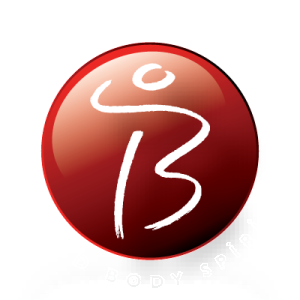Doing Plank Pose – A Checklist
Plank pose is one of my favorites – it builds strength in the core, the chest, and arms. I am certainly not alone as plank poses can be found in just about every fitness program on the market. Pick up any women’s or men’s fitness magazine and it is usually in the top ten of exercises one can do when one is short on time but still wants to get some good quality workout time in.
From my observation, though, I’ve come to believe that planks are often done incorrectly, ineffectively – or both. So with this short blog, I can offer a few thoughts and tips that may help you get more from your planks.
1. First, what is the core? Most people will pat their bellies when I ask them where their core is. While the belly is part of the core, the core is not just your belly. The core muscles include the abs, the low back muscles and the obliques. When the core muscles are engaged, it will feel as if your torso is wrapped and tightened within a corset. In your plank, then, this is what you should feel in your torso – all of the muscles in the core area. If you are sensing your just low back, you are probably collapsing at your waist (so you will need to tighten your belly).
2. Besides the corseting of the torso muscles, the gluteal muscles also work in a plank pose; they work in tandem with the core muscles. You should feel your gluteals working in the plank. I often see people gripping their knees and thighs to hold them up.
3. In a plank, your buttocks should not be higher than your shoulders. In fact they will be a little bit lower than your shoulders.
4. In the upper back, I often notice what appears to be sinking or “drooping” between the shoulder blades. What is happening is that the weight of the torso is sinking toward the floor and is causing a separation between the ribcage and shoulder blades – a recipe for instability and possible chronic wrist pain over time.
Shoulder and wrist pain is rampant in yoga and I attribute much of it to watching people go from planks (with poor dynamics) to Chaturanga to Upward Facing Dog.
Clean up those planks (and be patient with those Chaturangas – another blog on another day) and you’re well on your way to doing those vinyasa yoga classes without wrist, elbow or shoulder problems.
In a plank, the area between your shoulder blades should not droop. To work on this, begin on hands and knees. Engage the muscles between the shoulder blades to pull up and fill in the “dip.” Now, reach one arm forward a little off of the floor. The muscles between the shoulder blades should not collapse with this action but remain firm.
5. If your wrists hurt in plank, place a folded mat under them to decrease the degree of flexion. You can also do planks on your elbows and receive maximum results.
6. To test your ability to maintain core integrity, try this test. There are three steps:
a. In plank, alternately lift one leg without becoming disconnected in the core. If you look in a mirror (or ask a friend to watch you), the lower back should not collapse when you lift the leg.
b. Widen the legs to the width of your yoga mat and move the hands inward, perhaps just on either side of the sternum. Alternately reach one arm forward.
c. Bring the feet inward, about 1”-2” from the edge of the mat. Keep the hands as you had them in (b). Now lift one arm and the opposite leg up. Try to hold a beat then alternate.
Remember, the important thing is not that you lift the leg or arm or both but how you do it. If you are lifting your bottom, or twisting, or collapsing, then the core lacks integrity. Don’t sacrifice form but do keep practicing – you will get there!
